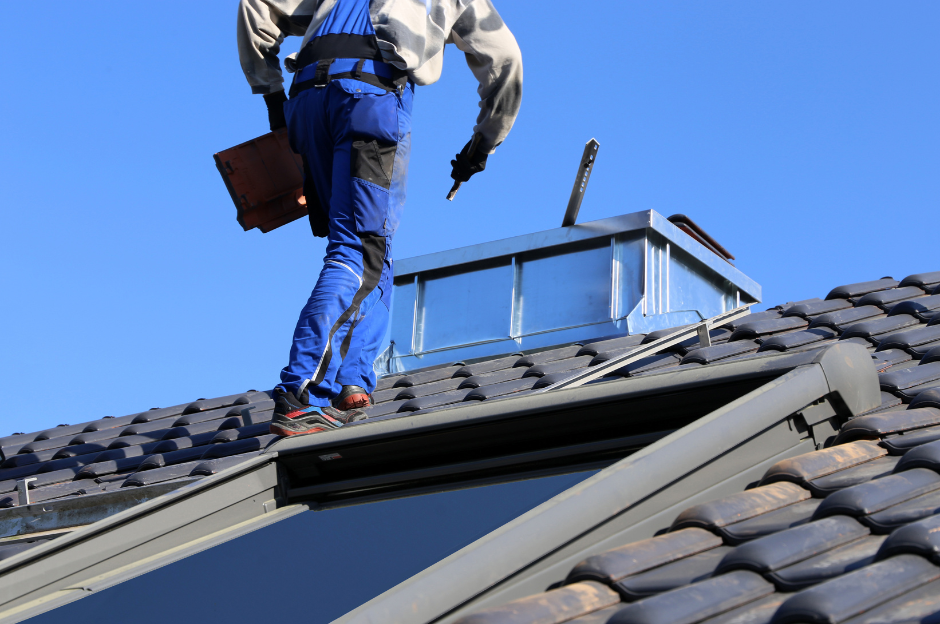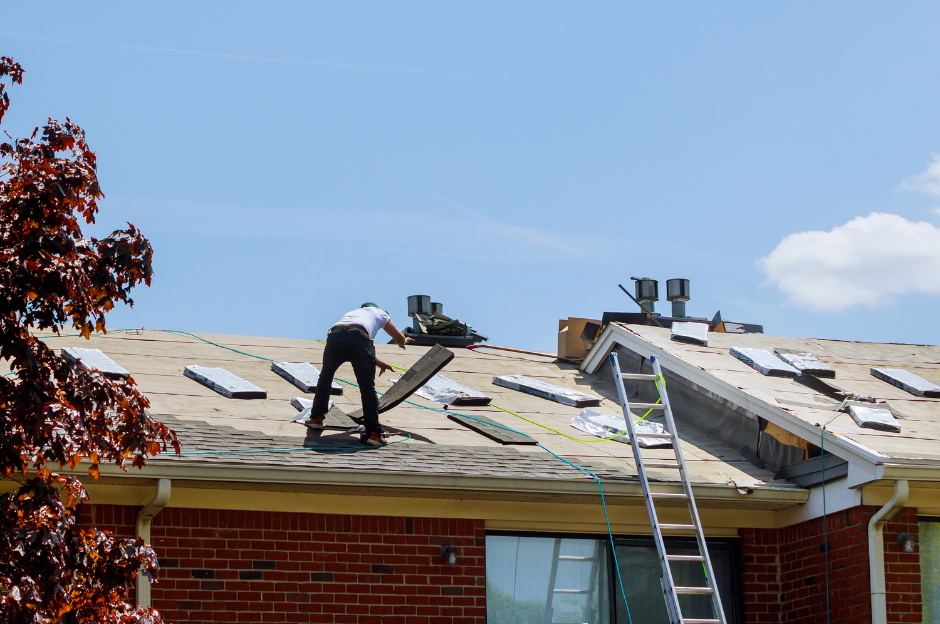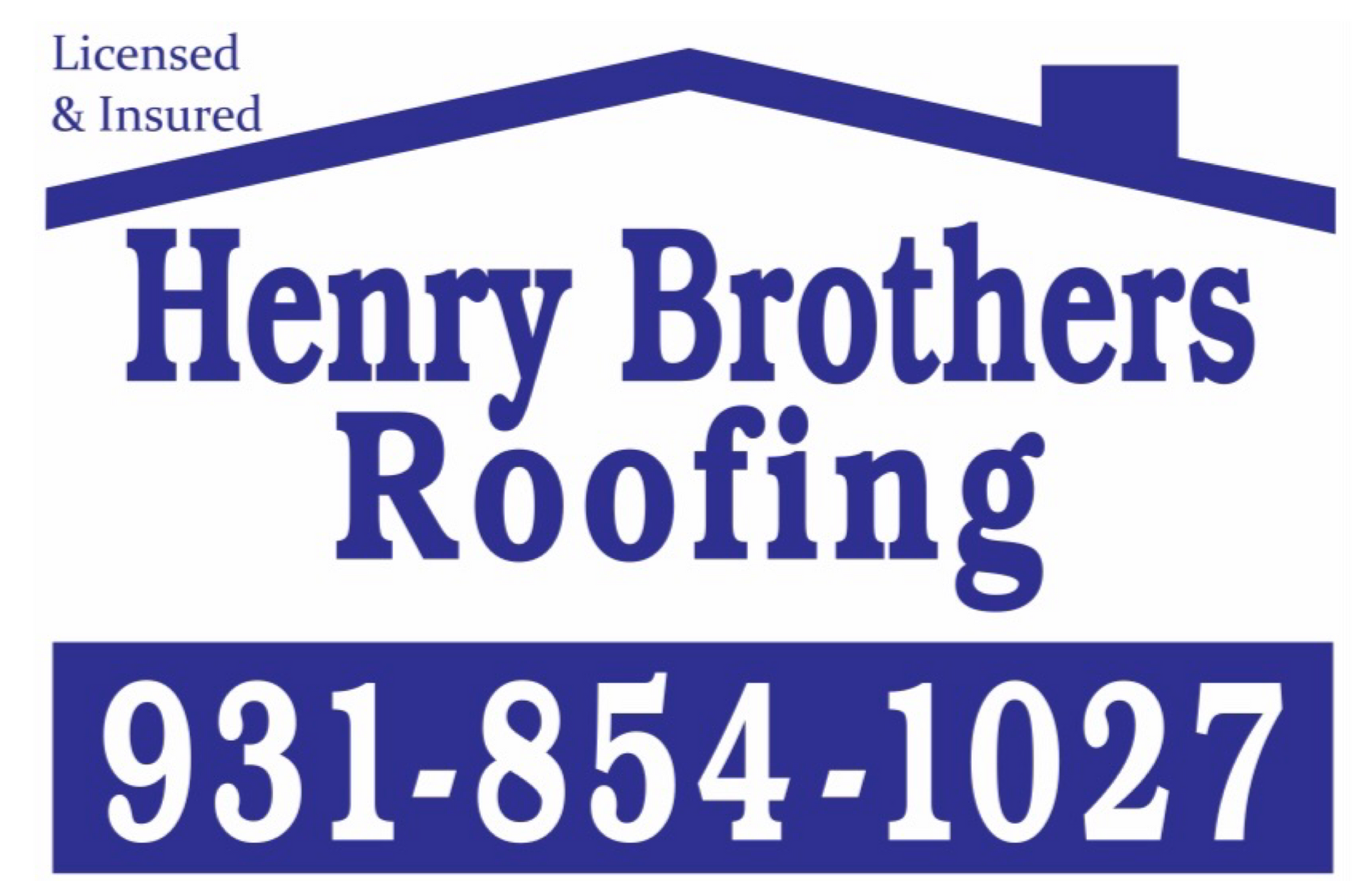The Resilient Choice: Exploring the Importance of Vinyl Siding for Your Home
Your home is a reflection of your style, but it's also an investment that requires thoughtful decisions to ensure longevity and protection. When it comes to exterior cladding options, vinyl siding stands out as a popular and practical choice for homeowners. In this blog, we'll delve into the myriad reasons why vinyl siding is important, discussing its durability, energy efficiency, aesthetic versatility, low maintenance requirements, and overall value for your home.
Affordability and Value:
Vinyl siding is known for its affordability compared to other siding materials, making it an attractive option for budget-conscious homeowners. The initial cost of vinyl siding is often lower than that of wood, brick, or fiber cement siding. Additionally, the long-term cost savings associated with minimal maintenance and energy efficiency contribute to the overall value proposition of vinyl siding. As a durable and cost-effective solution, vinyl siding offers homeowners an excellent return on investment.
Water Resistance:
Water damage is a significant concern for homeowners, especially in regions with heavy rainfall or high humidity. Vinyl siding provides a reliable barrier against water infiltration, protecting the structural integrity of your home. Unlike wood siding, which is susceptible to rot when exposed to moisture, vinyl siding resists water damage, ensuring that your home remains dry and secure.
Quick and Efficient Installation:
Another aspect that adds to the importance of vinyl siding is its ease of installation. Vinyl siding is lightweight and can be installed quickly, reducing labor costs and minimizing disruption to your daily life. The straightforward installation process makes it an appealing choice for both new construction projects and renovations. Homeowners can enjoy the benefits of a new, durable exterior without enduring extended construction timelines.
Environmentally Friendly Options:
For environmentally conscious homeowners, many manufacturers offer eco-friendly vinyl siding options. Some products are made from recycled materials, and certain manufacturers prioritize sustainable practices in the production process. Additionally, the energy efficiency of insulated vinyl siding can contribute to a reduction in overall energy consumption, lowering your carbon footprint.
Improved Home Resale Value:
The choice of siding material can significantly impact the resale value of your home. Vinyl siding's combination of durability, energy efficiency, aesthetic appeal, and affordability makes it an attractive feature for potential buyers. Homes with vinyl siding often stand out in the real estate market, appealing to buyers seeking a low-maintenance and visually appealing exterior.
Warranties for Peace of Mind:
Vinyl siding manufacturers often provide warranties that cover their products for a specified period. These warranties not only showcase the confidence manufacturers have in the durability of their products but also offer homeowners peace of mind. Understanding the terms and conditions of the warranty can give you assurance that your investment is protected.
Durability that Stands the Test of Time:
Vinyl siding is renowned for its durability, making it a reliable and long-lasting choice for homeowners. Constructed from polyvinyl chloride (PVC), vinyl siding is resistant to common issues that plague other materials, such as rotting, warping, and insect damage. It can withstand the harsh effects of weather, including rain, snow, and UV rays, without deteriorating. The result is a siding material that maintains its structural integrity and aesthetic appeal for many years.
Energy Efficiency:
Vinyl siding is not only robust but also contributes to the energy efficiency of your home. Many vinyl siding products come with insulation options that enhance the thermal performance of your house. The added insulation helps regulate indoor temperatures, reducing the strain on heating and cooling systems. As a result, homeowners often experience lower energy bills, making vinyl siding a cost-effective and environmentally conscious choice.
Aesthetic Versatility:
One of the key reasons why vinyl siding is important is its aesthetic versatility. Vinyl siding comes in a vast array of colors, styles, and textures, allowing homeowners to achieve the desired look for their homes. Whether you prefer the classic appeal of traditional lap siding, the charm of cedar shakes, or the sleek appearance of vertical siding, vinyl offers diverse options to suit any architectural style. Additionally, vinyl siding retains its color well over time, resisting fading and maintaining its vibrant appearance for years.
Low Maintenance Requirements:
Homeowners appreciate the low maintenance requirements of vinyl siding, making it a practical and time-saving choice. Unlike wood siding that requires periodic painting, staining, and sealing, vinyl siding retains its appearance without the need for extensive upkeep. A simple routine of occasional cleaning with a hose or pressure washer is typically sufficient to keep vinyl siding looking fresh. This low-maintenance aspect not only saves homeowners time and effort but also reduces long-term maintenance costs.
Conclusion:
In conclusion, the importance of vinyl siding for your home cannot be overstated. Its durability, energy efficiency, aesthetic versatility, low maintenance requirements, affordability, and overall value make it a compelling choice for homeowners. Whether you're considering new siding for a construction project or contemplating an upgrade to your existing home, vinyl siding stands out as a resilient and practical option that enhances both the beauty and functionality of your living space.
Henry Brothers Blog





